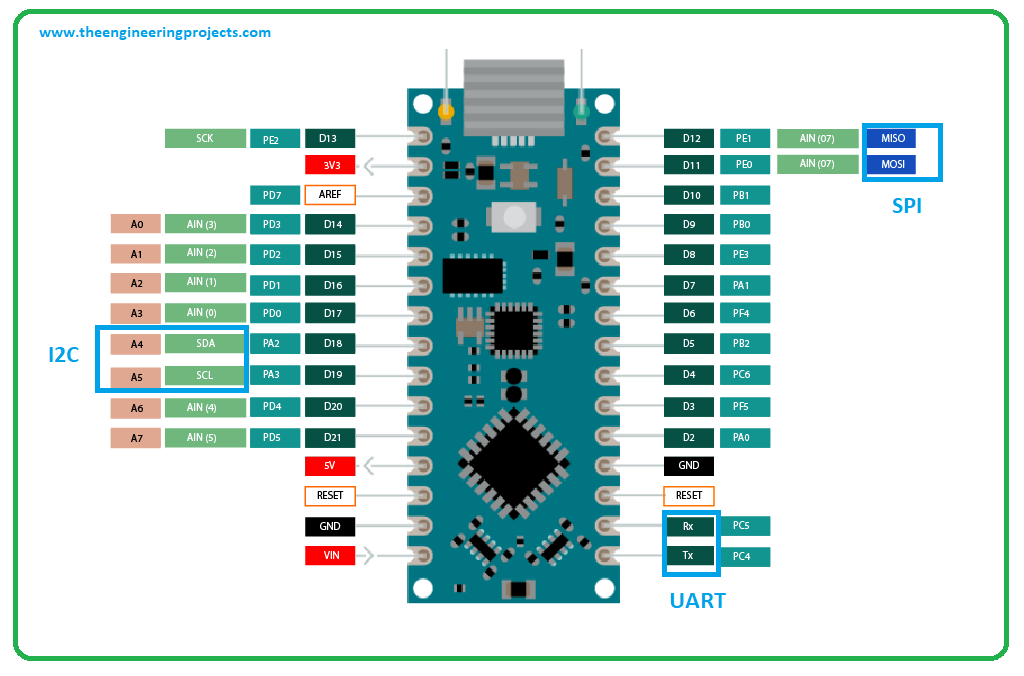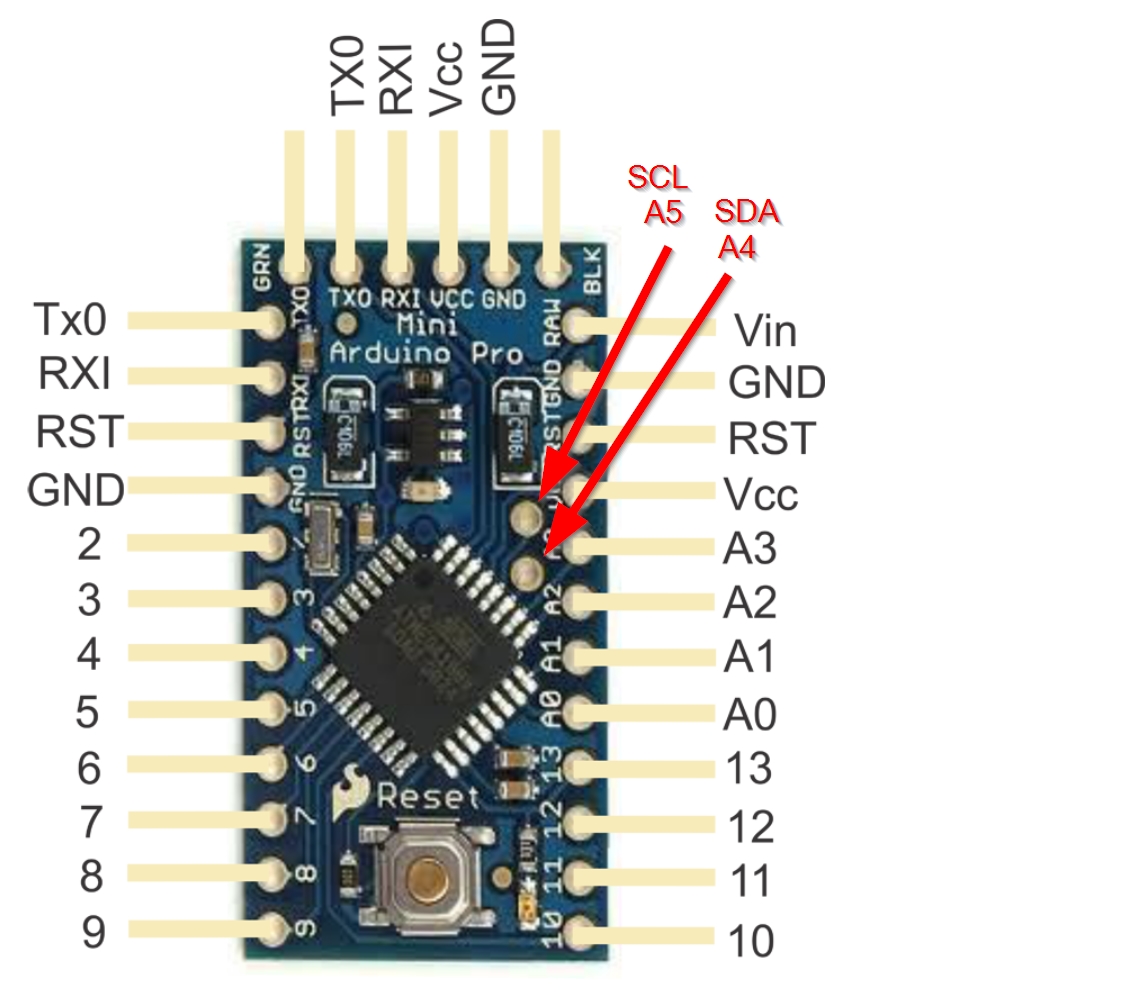

- Arduino nano pinout no 3volts how to#
- Arduino nano pinout no 3volts install#
- Arduino nano pinout no 3volts serial#
- Arduino nano pinout no 3volts full#
Good to Extend Coverage with Good 3.3 Breakout board!!! The picture on Amazon Web site showed 3.3 volts Breakout board with BIGGER capacitors but I received those that have SMALL capacitors. The 3.3 volt breakout board with BIGGER surface mount capacitors (see the other picture ) are working well with the nRF24+ +PA+LNA, finally after few hours of troubleshooting. It seems that they are not able to provide enough courrant even if they use the same AMS1117. However they are working with nRF24+, NO PA. They are NOTworking for the nRF24+ +PA+LNA I had issue with the Breakout board that has VERY SMALL surface mount capacitors, those at the left on the picture that I included with my feedback. I would like to WARNED people that will use the nRF24L01+ +PA+LNA to take care of which 3.3 volts breakout board they will have and use. I used them with the 3.3 volts breakout board because I did not want to supply RF unit with the 3.3volts from the Arduino, UNO or Nano. I have worked often with the nRF24L01+ are they are great RF board to remote control everything you want.
Arduino nano pinout no 3volts full#
Here's the full listing of my 15-minute timer: /* ATtiny85 Low-Power Timer */ Here's a table showing the power consumption I measured, both in operating mode and in sleep mode for internal clocks of 1MHz and 8MHz, and supply voltages of 5v (from USB) and 3v from the coin cell: That's a theoretical battery life of 40 years with a 200mAH CR2032 coin cell, well over the shelf life of the battery! With a 3v coin cell and these power-saving techniques I achieved a consumption of 0.2♚ in sleep mode: It's usually recommended that you program all outputs as inputs before going to sleep, but I couldn't measure any advantage from doing this so I've ignored it. The Analog Comparator, Brown-out Detector, and Watchdog Timer, and Analog Input Buffer are not enabled by default, so there's no advantage in disabling them. It is disabled in setup() by calling: adc_disable() I confirmed that the ADC uses about 320♚ in sleep. To minimise the power consumption while in sleep mode the ATtiny datasheet advises you to disable the following modules if they're not being used: Sleep_cpu() Minimising power consumption in sleep mode We then execute sleep mode by executing: sleep_enable() To choose the sleep mode we want to use, call: set_sleep_mode(SLEEP_MODE_PWR_DOWN) The processor will also wake up on a reset signal, which is what I'm using here. These options will be explored in future projects.
Arduino nano pinout no 3volts serial#
With a start condition on the Universal Serial Interface.There are four ways to wake the processor up from sleep: This turns off the clock, ADC, and I/O to reduce the current consumption. The ATtiny85 provides a power-down sleep mode. There's also an option for an external 20MHz clock, which uses two of the I/O pins I haven't tried this option.
Arduino nano pinout no 3volts install#
Note that this doesn't actually install a bootloader on the ATtiny85 it just sets the clock fuses. You can also have an 8MHz internal clock to do this choose ATtiny85 (internal 8MHz clock) from the Board option on the Tools menu in the Arduino environment, and then choose Burn Bootloader from the Tools menu. īy default the ATtiny85 provides a 1MHz clock using an internal oscillator.

Arduino nano pinout no 3volts how to#
You can program the ATTiny85 using the Arduino development environment, and there's a good tutorial on how to do this on SparkFun's website. You can build a programmer for the ATTiny85 using an Arduino Uno board, but I chose the easier option of using SparkFun's Tiny AVR Programmer (available in the UK from Proto-PIC). It all fits neatly on a SparkFun mini breadboard (available in the UK from HobbyTronics): It also has a low-power sleep mode which is ideal, because it avoids needing to have an on-off switch. The ATtiny85 seemed like the ideal choice for this simple project it's low cost, in a convenient 8-pin package, and it provides 5 I/O pins, ample for this project. The project is a simple 15-minute timer that flashes an LED once every 2 seconds while it is counting down, and then beeps when the time has expired. This describes how to get the power consumption down to maximise battery life.

The ATtiny85 is a great processor for simple stand-alone battery powered projects.


 0 kommentar(er)
0 kommentar(er)
